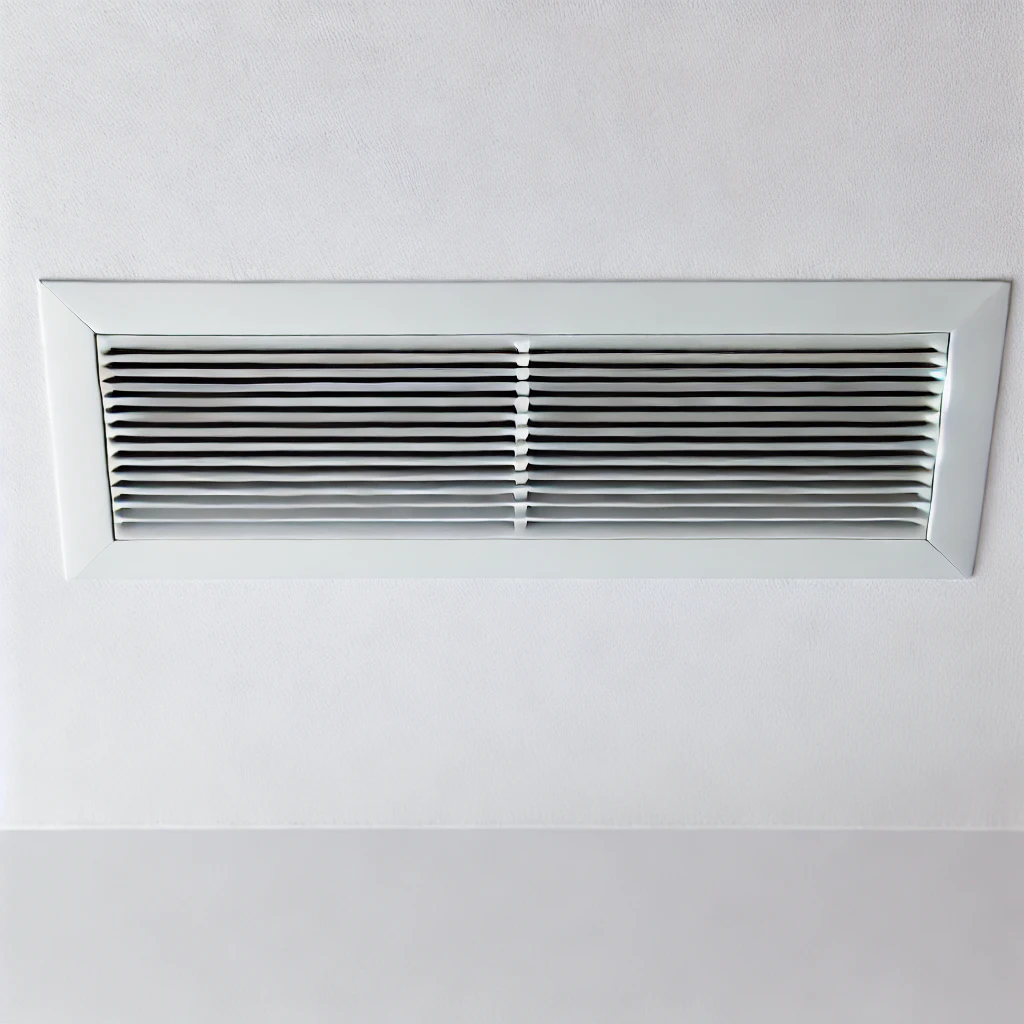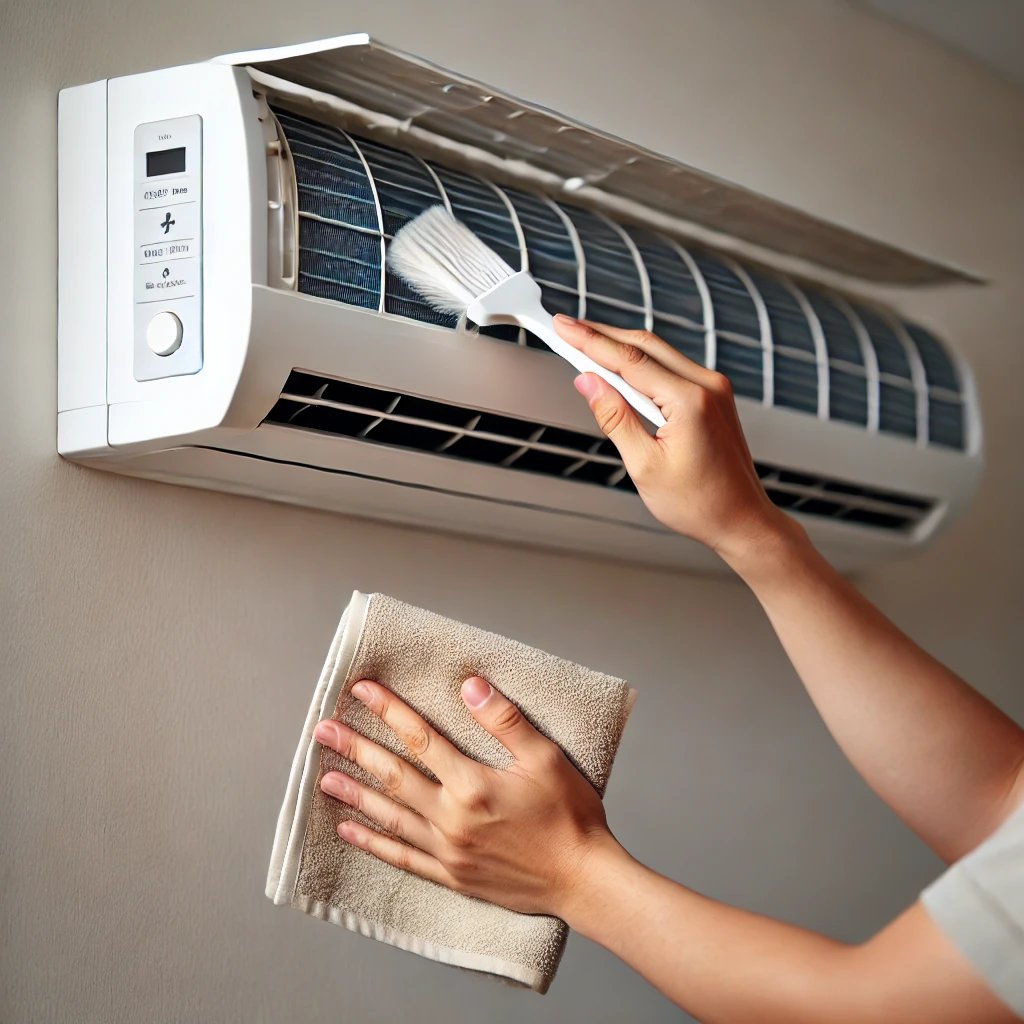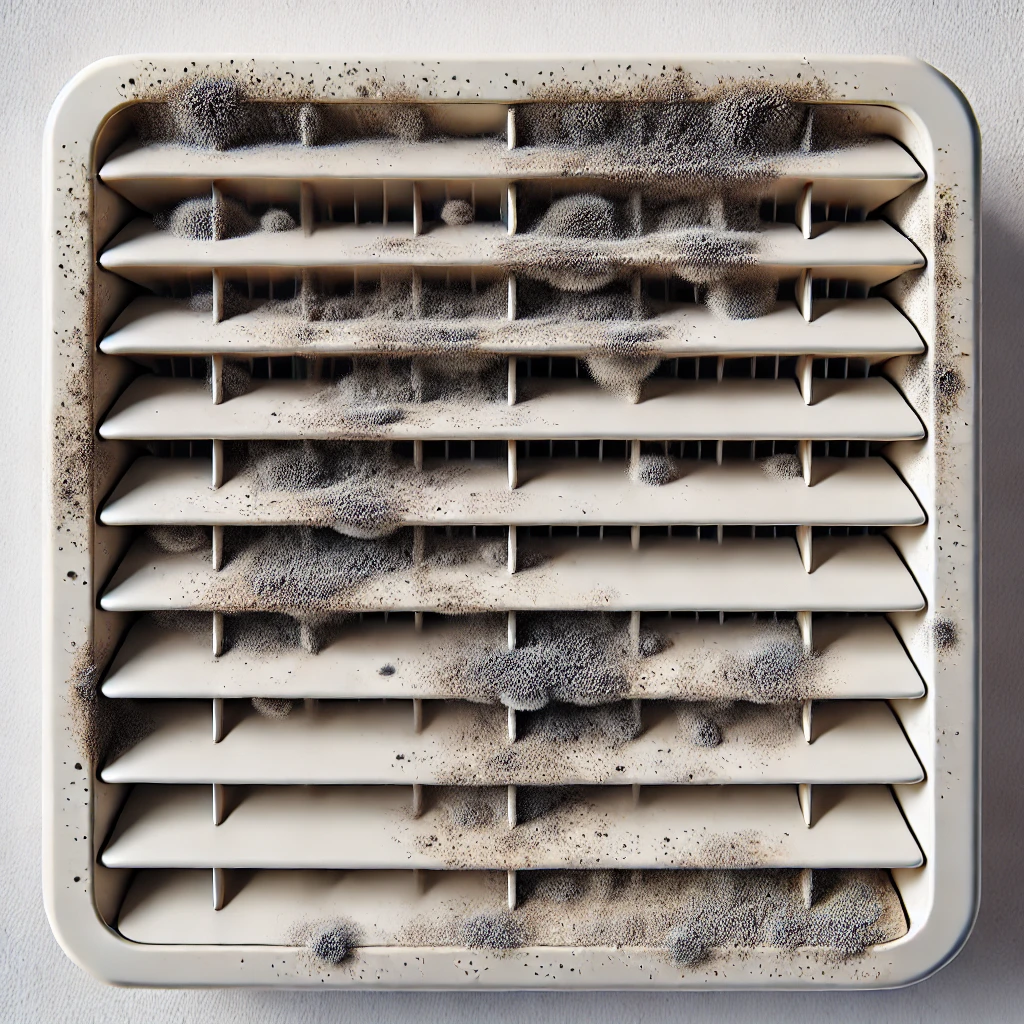Our summers keep getting hotter and hotter, and we don’t like to think about what we’d do without our beloved air conditioners. They do a fantastic job of cooling our homes and making them comfortable, but if they’re not properly cleaned – and regularly! – they can struggle to work efficiently.
Believe it or not, it can be hazardous not to clean your air conditioning unit on the regular. Whether you’re a DIYer, a pro housekeeper, or just wondering whether you need to pay someone to get your AC back in like-new condition, keep reading to learn how to do it right.
Signs Of A Dirty Air Conditioner
Unless you’re an HVAC professional, the chances are good that you won’t recognize the signs that tell you it’s time to clean your air conditioner.
- Your AC unit is making weird rattling or huffing sounds. If you hear these sounds, it might indicate that air isn’t flowing freely through your unit.
- You notice that your AC is taking longer to cool a room than it usually does, or that air isn’t blowing as cold as you would expect. In extreme cases, you may even get hot air instead of cold.
- The AC filter has a dirty or dusty appearance. (Keep in mind that if you’ve got pets or small children, you may need to clean or replace your filter more frequently than you would otherwise.)
- There are signs of mold or mildew on the AC unit’s outer vents. (Black dots may indicate the presence of toxic black mold, something we’ll talk more about later.)
- There’s a musty or unpleasant smell coming out of the air conditioner.
- You’ve noticed an uptick in your electric bill. (Dirty air conditioners don’t operate as efficiently as clean ones.)
- There’s debris in the pan that catches excess water.
- It’s been 12 months or more since you last cleaned your AC.
If any of these warning signs are present, take heed and get read to clean that old AC unit to get it working properly again.
Cleaning Supplies And Products To Have On Hand
Cleaning Supplies |
Products |
Air conditioner cleaning solution |
Vacuum cleaner |
Baking soda |
Soft brush |
|
Microfiber cloth |
Dish soap |
Spray bottle |
|
Screwdriver |
You can buy a specialized air conditioner cleaning solution at your hardware store or a home improvement store, but you can make a cleaning solution using the simple ingredients we’ve listed above. It’s up to you.
How To Clean A Window Air Conditioner
If you’ve got a window air conditioner, follow these pro steps to get it clean. We’ve included instructions on how to clean a coil on an air conditioner, too.
Step 1: Unplug the unit and remove it from your window, and then remove the front panel. You’ll probably need a screwdriver, and make sure to read the manufacturer’s instructions before starting.
Step 2: Clean the AC cover, both outside and inside, with a solution of mild soap and warm water.
Step 3: Locate the filter, which is usually at the front of the AC unit, and remove it. Use a dry microfiber cloth or rag to dust it. Then, wash the entire filter with water and dish soap, rinse it, and let it dry.
Step 4: Identify and clean the two sets of coils: evaporator coils toward the front of the AC, and condenser coils, which are at the back in the part of the AC that sticks out your window. Fill your spray bottle with lightly soapy water or a mix of water, baking soda, and vinegar. Spray the coils, then use a soft brush to remove dirt, then wipe them clean.
Step 5: If there’s still visible dust inside the unit, use your vacuum with the hose attachment to remove it.
Step 6: Allow everything to air dry, and then replace the filter and the cover.
Step 7: Put the AC unit back in the window, plug it in, and turn it on.
How To Clean Air Conditioner Wall Unit
Cleaning an air conditioning wall unit is similar to cleaning a window unit.
Step 1: Unplug the AC wall unit and remove the front cover.
Step 2: Remove and clean the AC filter (as outlined above).
Step 3: Clean the coils (as outlined above).
Step 4: Vacuum the inside of the AC unit if necessary to remove dust and debris.
Step 5: Make sure everything is dry, then put the filter back in and reattach the cover.
Step 6: Plug the AC back in and turn it on.
How To Clean A Central AC Unit
If you’ve got central AC, the process to clean it requires a bit more effort and some extra precautions.
Step 1: Turn off the AC at the thermostat, and then find the vent, which could be in a wall, the floor, or even the ceiling.
Step 2: Remove the vent cover.
Step 3: If the filter is one that’s cleanable, then follow the instructions above to remove dust and debris. Otherwise, you’ll need to replace the filter with a brand new one.
Step 4: Turn off the outdoor AC condenser unit. (Note: you’ll usually only need to clean the outside unit once every 12 months.)
Step 5: Remove the top of the condenser unit. Get out your vacuum and use it to remove dirt, debris, leaves, or anything else that might have found its way in.
Step 6: Use the hose to spray down the unit and remove dirt, but be very careful not to get the electrical box wet.
Step 7: Wait to be sure everything’s dry before replacing the cover and putting the condenser back on. After that, it’s safe to turn the AC on inside the house.
Watch the video below to see the entire process of cleaning your AC and condenser coils.
How To Clean A Drain Line On An Air Conditioner
If you’ve noticed a foul odor coming from your AC unit, there’s a chance the drain line could be clogged. Here’s the way to unclog and clean it.
- Turn off your thermostat, then cut the power to the AC.
- There’s an inner and outer portion of the drain line. The outer one is toward the back of your unit and is basically just a pipe. The inner line is usually found above the drain pan, close to the evaporator coil.
- Remove the cap, which is often on top of a T-shaped fitting, from the inner drain line.
- Use your hand to remove any large blockage or debris inside.
- Fill the drain line with a flushing solution. You may use white vinegar, bleach, or hot water, but NEVER mix vinegar and bleach together.
- Allow the flushing solution to sit for 15-30 minutes. You’ll know it’s working if you see dirty water or debris coming from the outer drain.
- In the event the flushing solution doesn’t work, you may need to use a wet/dry vac to remove what’s left.
- When everything has air dried, put the lid and cover back on, and turn on the AC.
You can prevent clogs by making a point of flushing the drain line every 2-3 months.
Black Mold In AC Unit: Signs To Look Out For
One of the riskiest things about not cleaning your air conditioner regularly is that in the wet environment inside, mold and mildew can thrive. Black mold is rare but extremely toxic and considered a biohazard. Look for these signs and if you notice any of them, take immediate action.
- There’s a musty odor coming from your AC unit, which may be particularly noticeable when you first turn it on.
- You see black spots around your AC unit, or inside around the evaporator coils or filter.
- You’ve got mold elsewhere in your house. (Mold spores can spread through the air and get sucked into your AC.)
- You have an allergic reaction when your AC is on.
We don’t recommend messing around with black mold removal on your own. Instead, find a professional who specializes in mold remediation to get rid of it.
Conclusion
As you can see, it’s pretty simple to clean window, wall, and even central AC units to make them work efficiently and improve the quality of the air you breathe.
If you follow the steps outlined by our pros, you’ll be ready to keep your AC clean and help out friends, neighbors, or clients when their air conditioners need a good cleaning.


